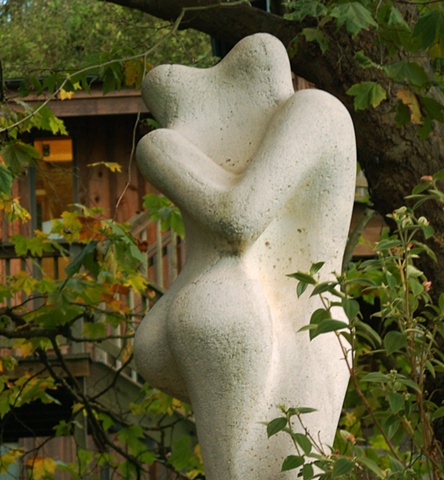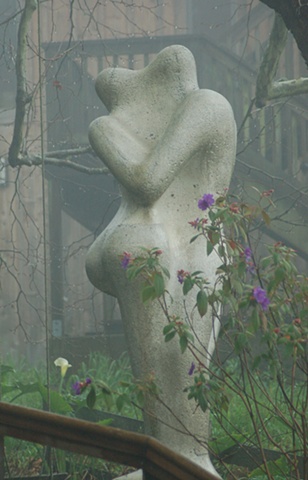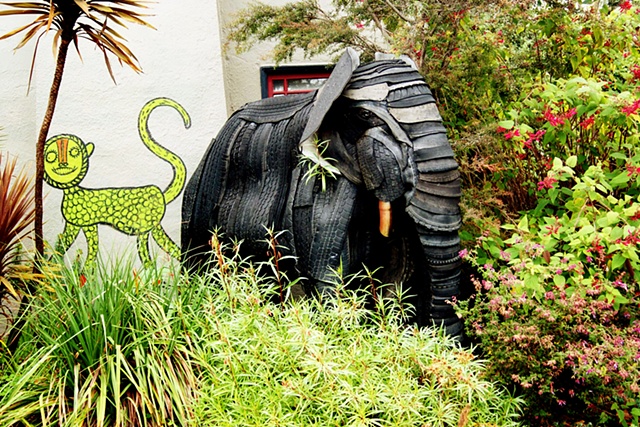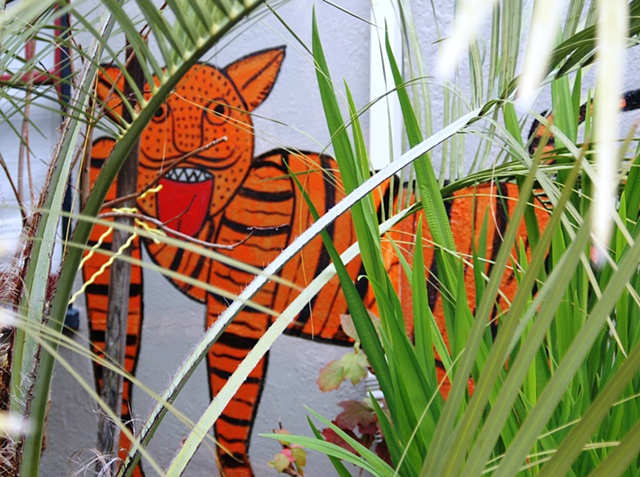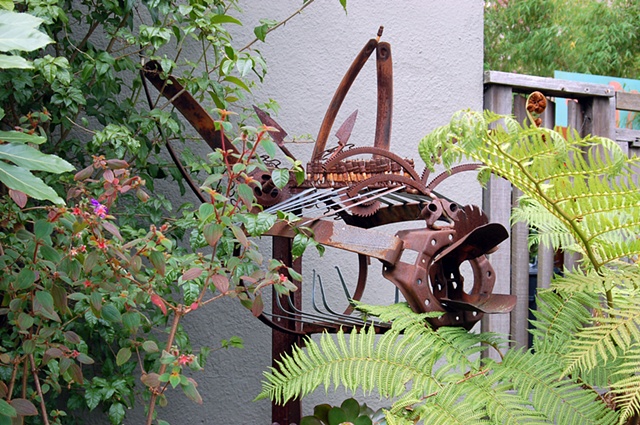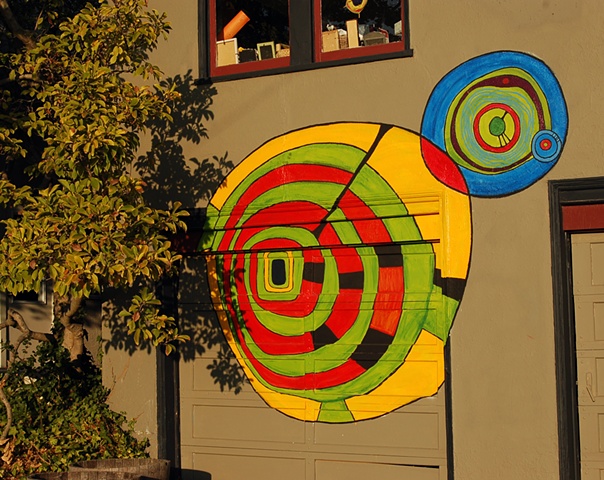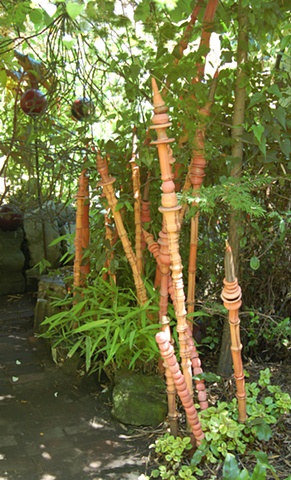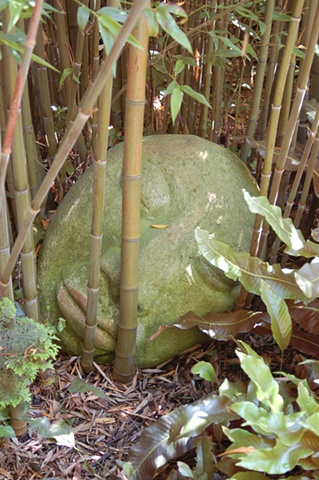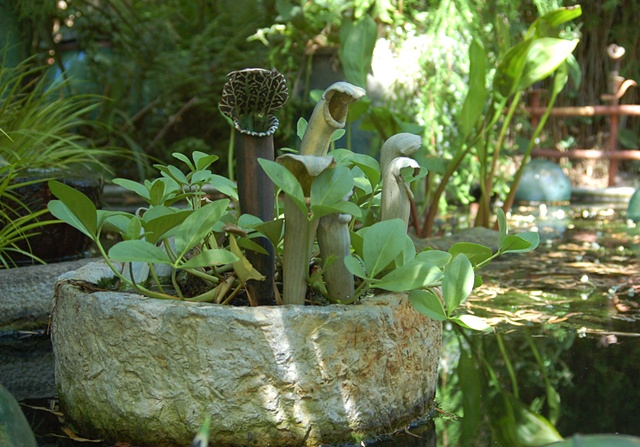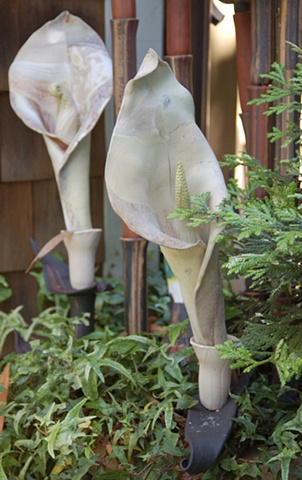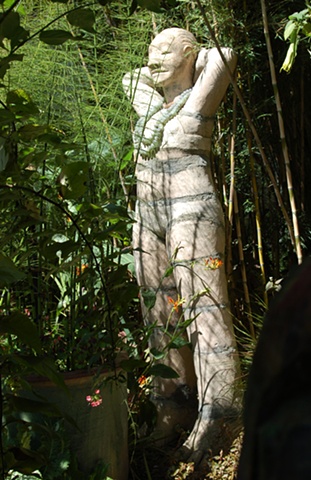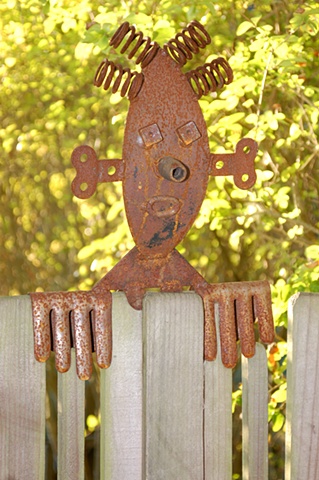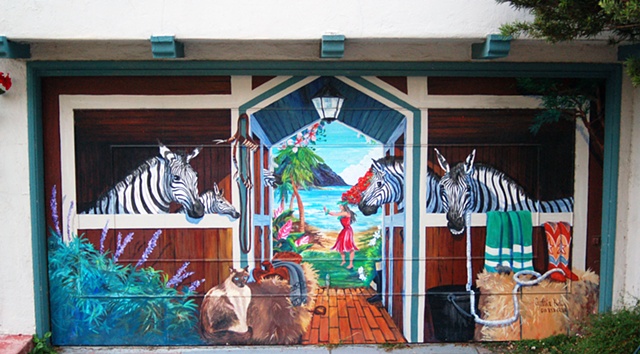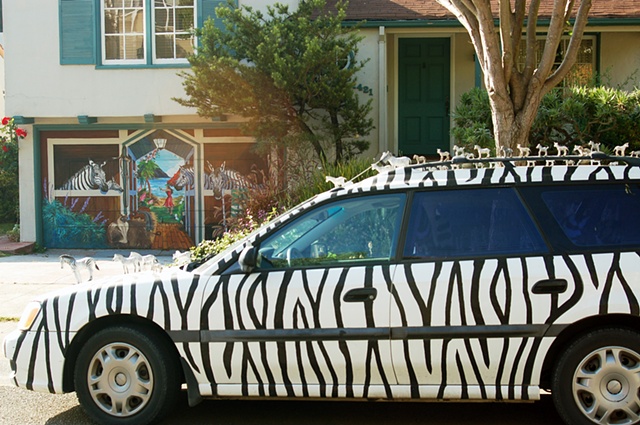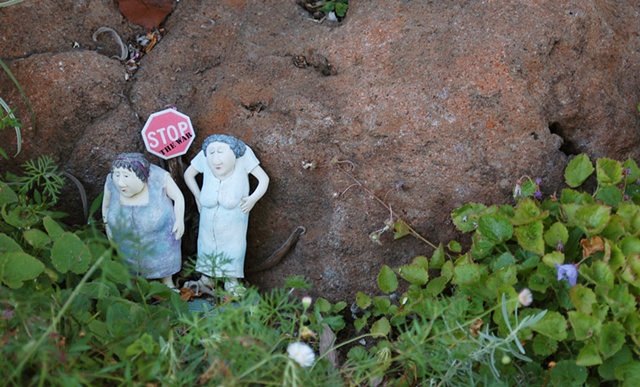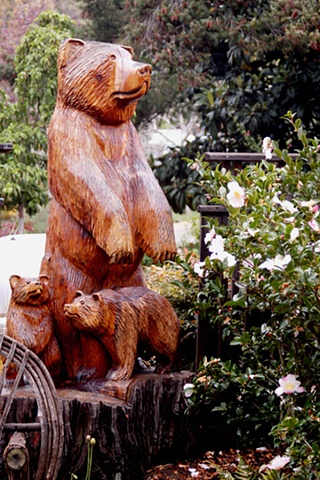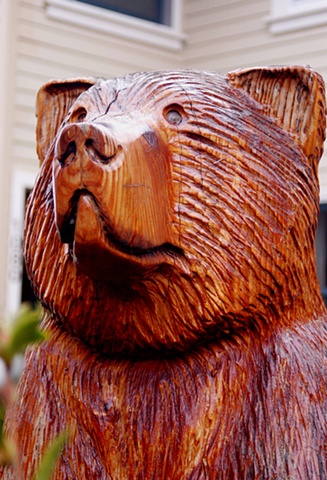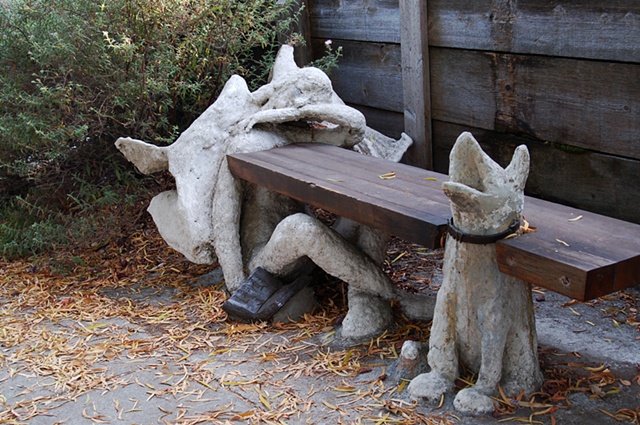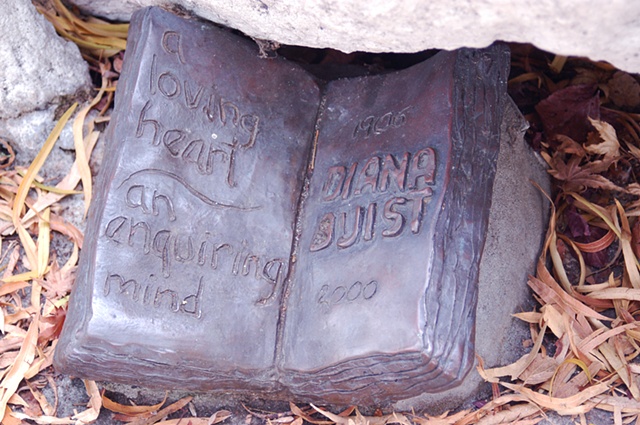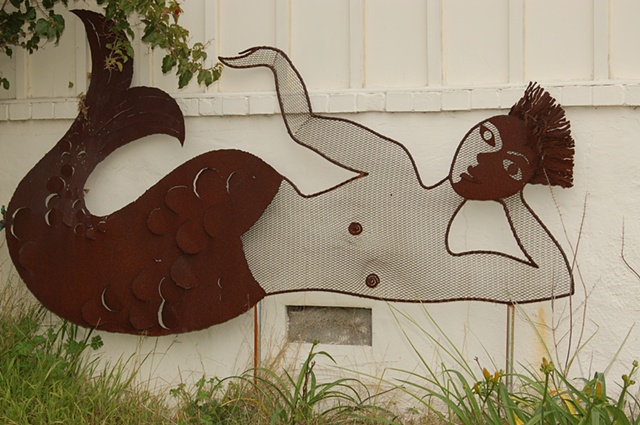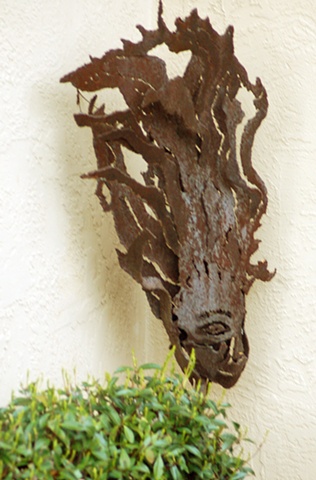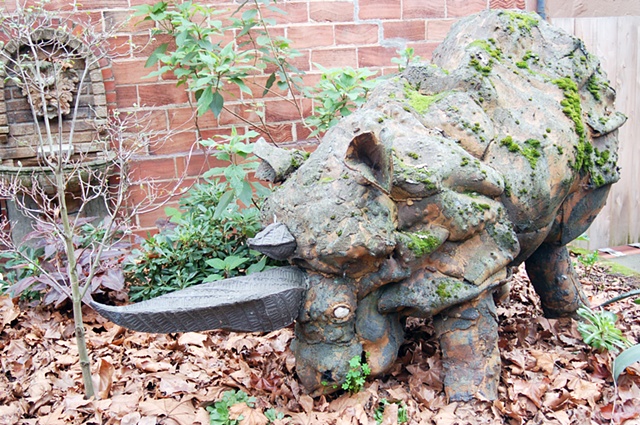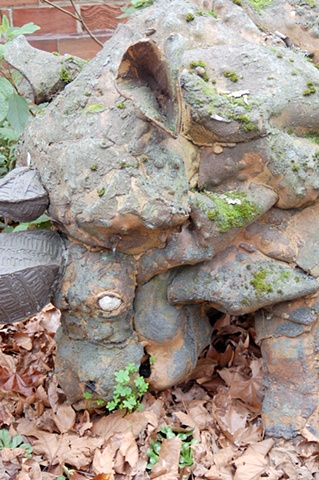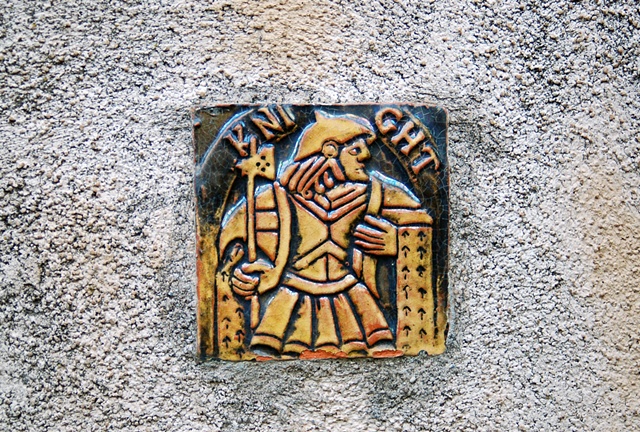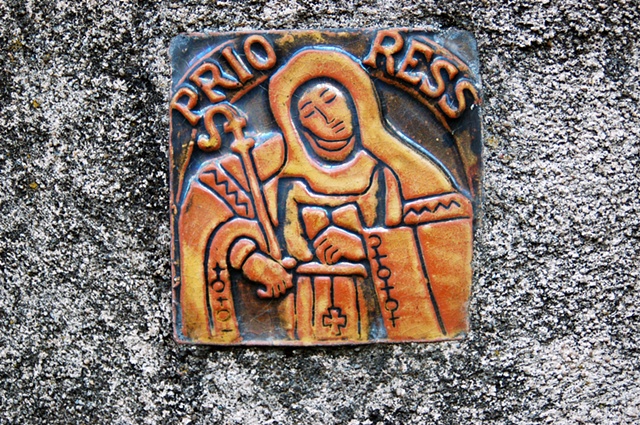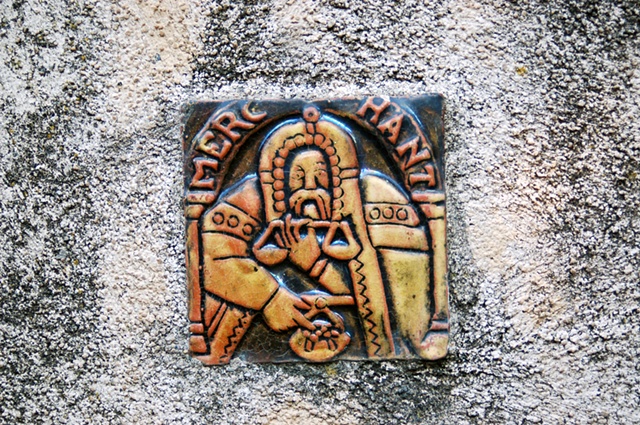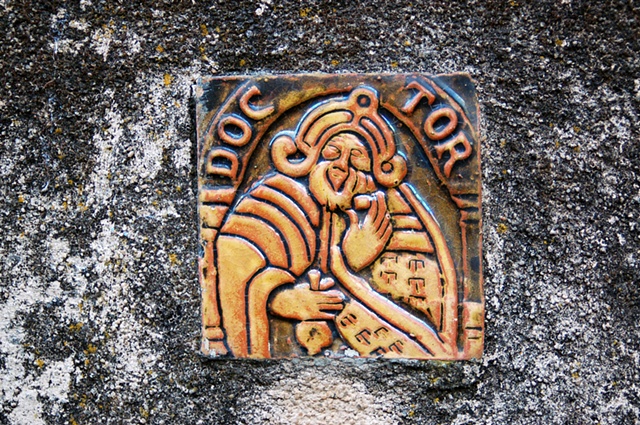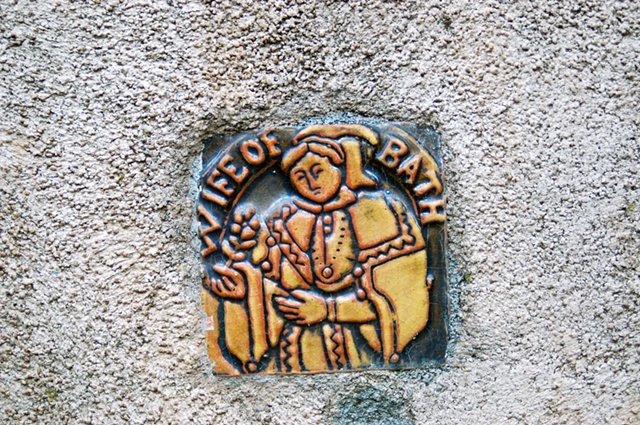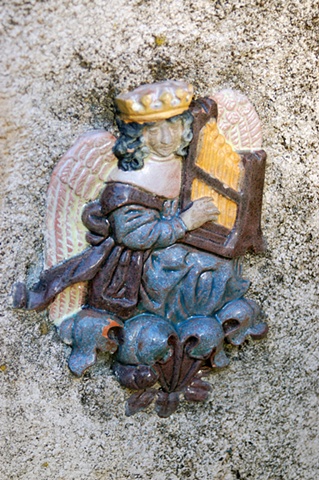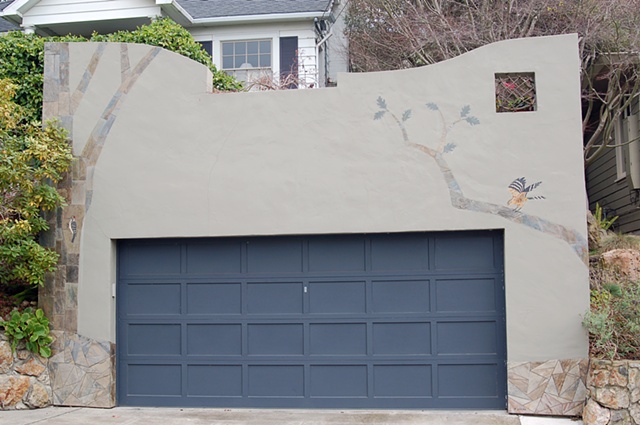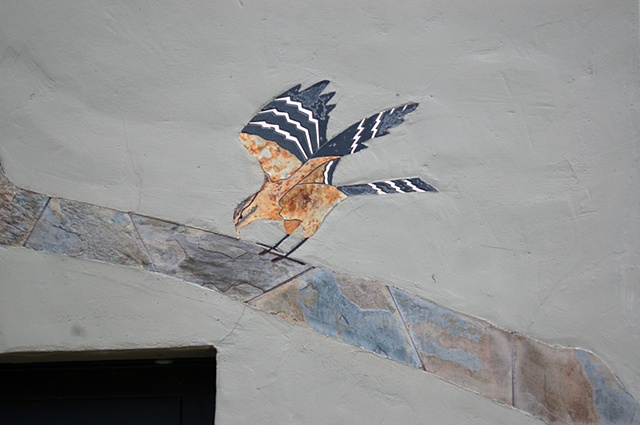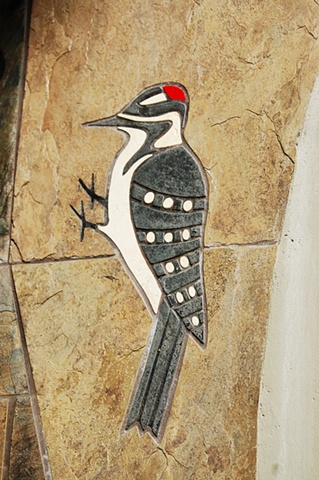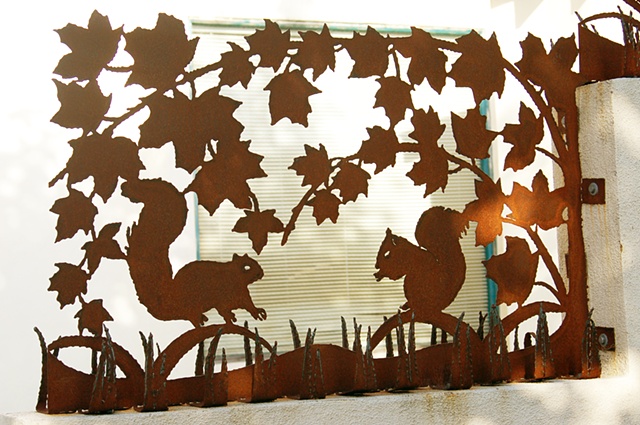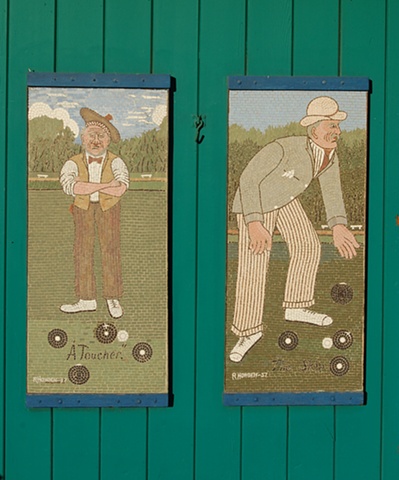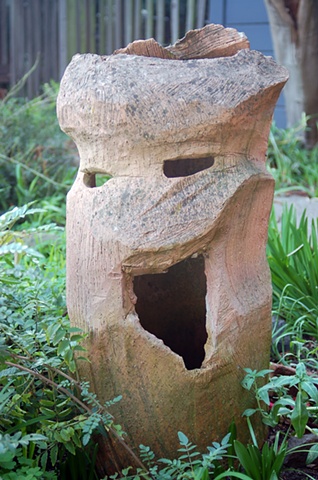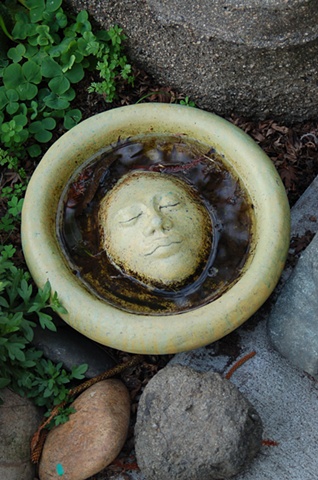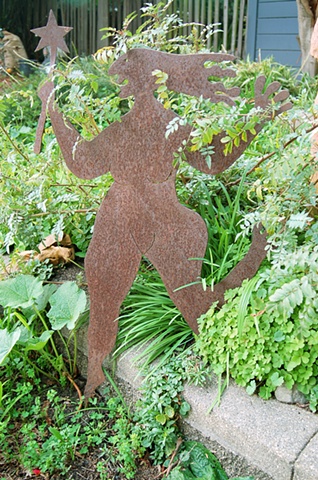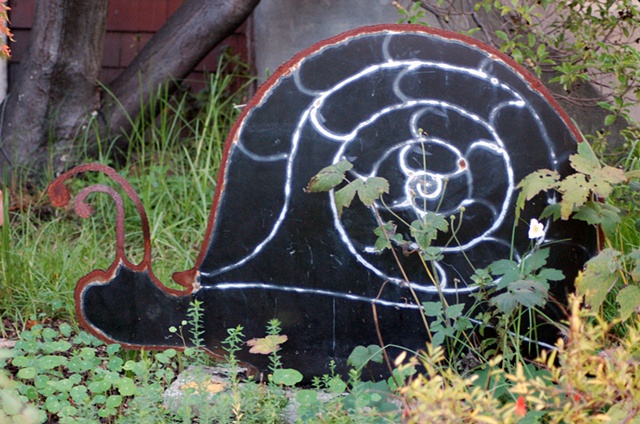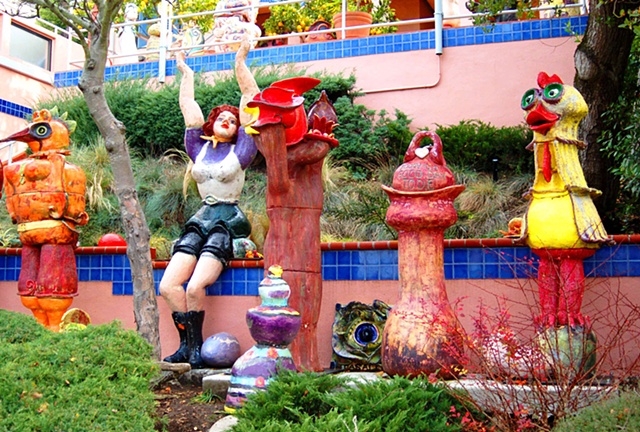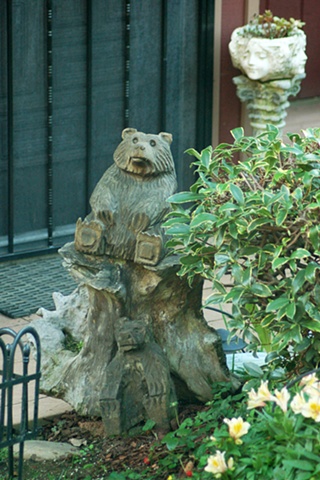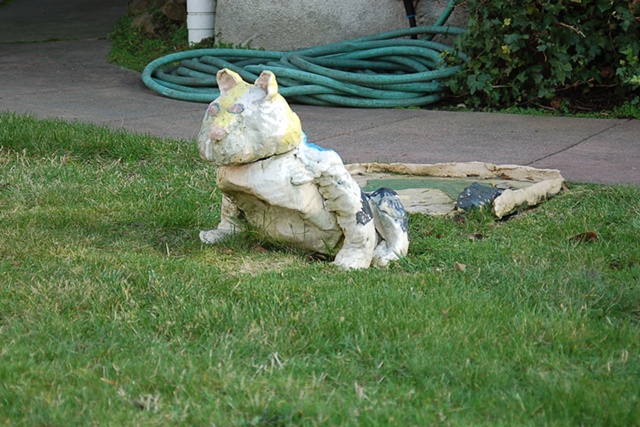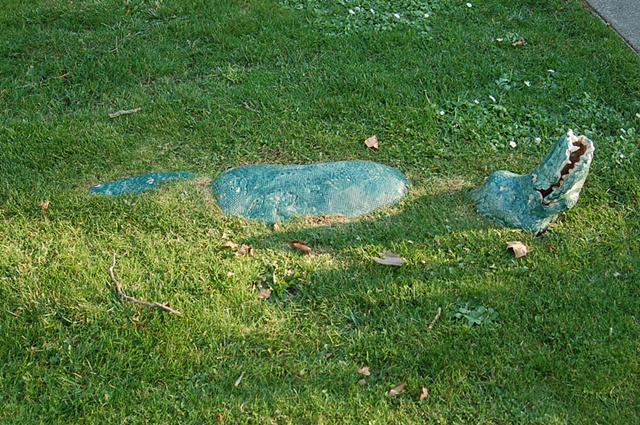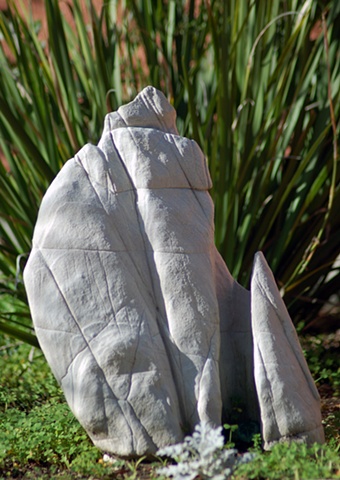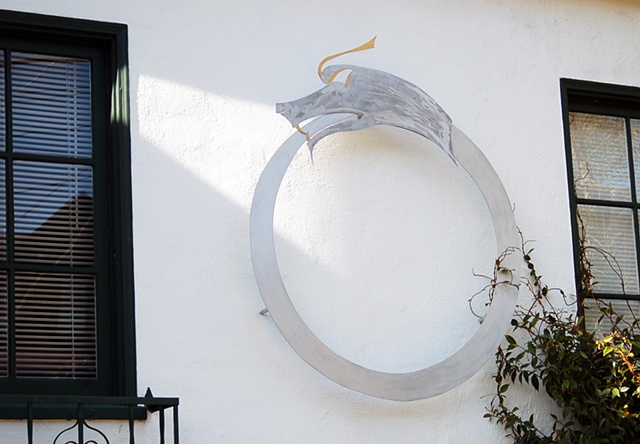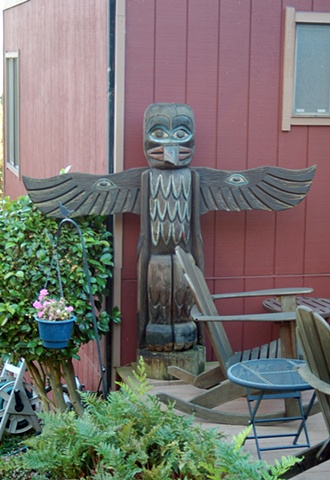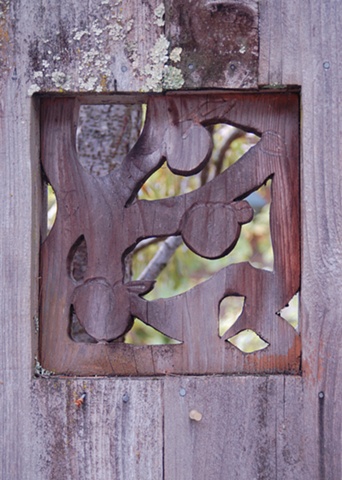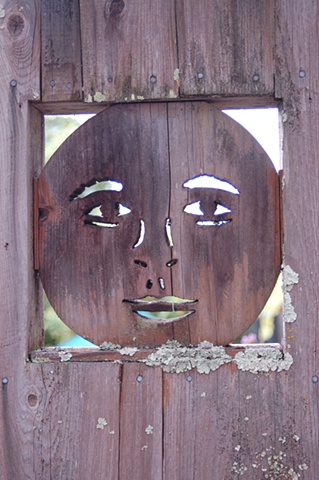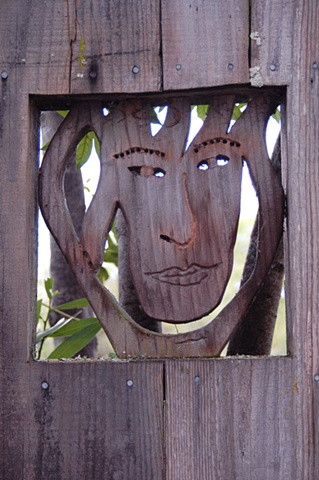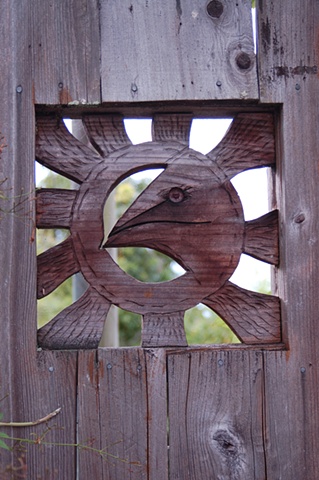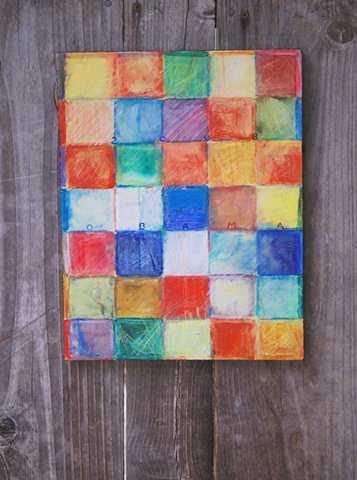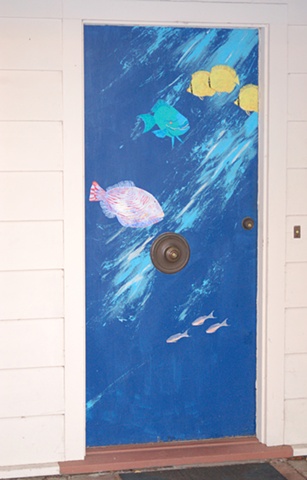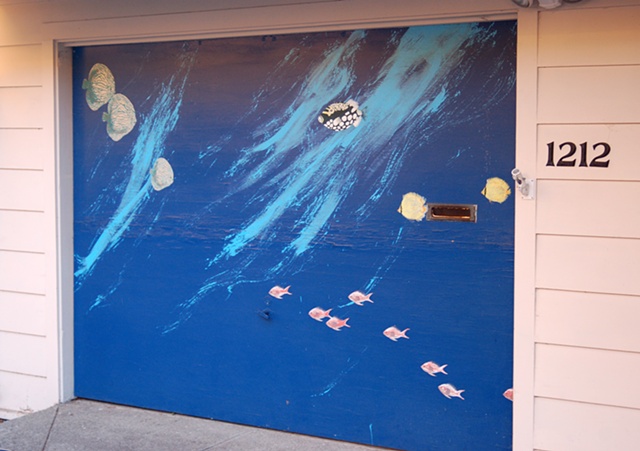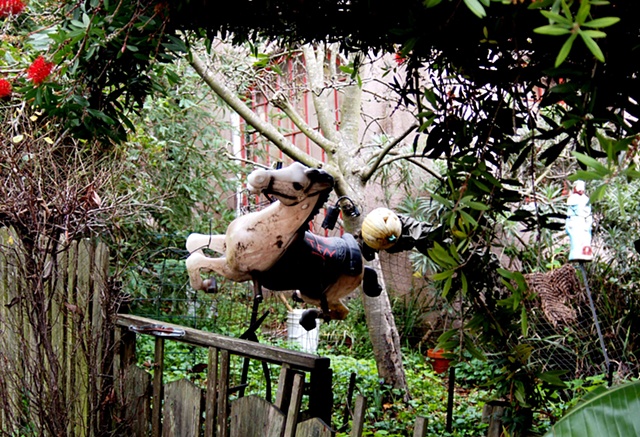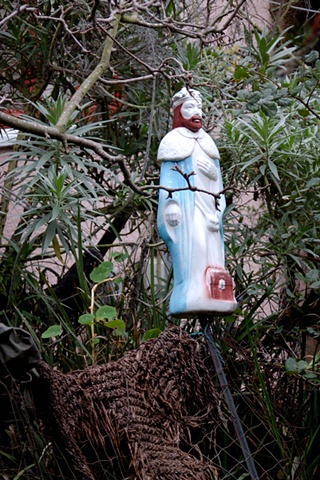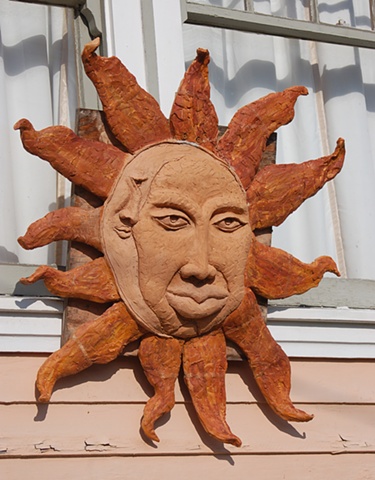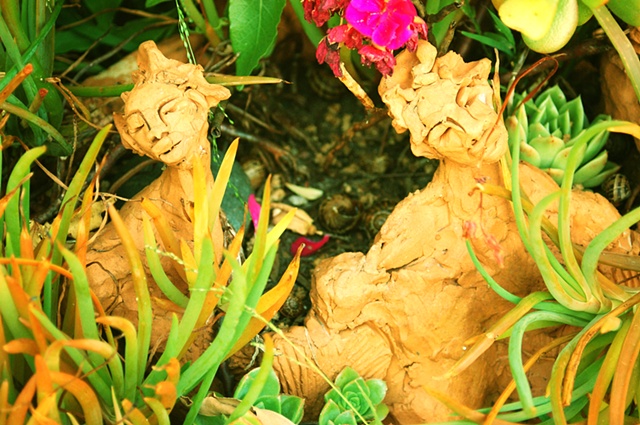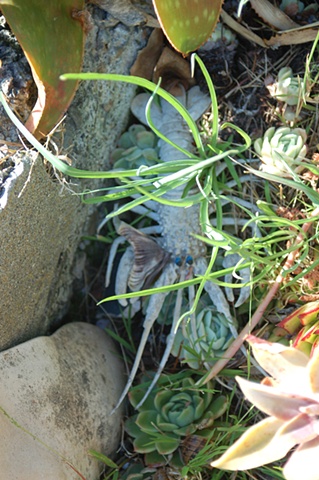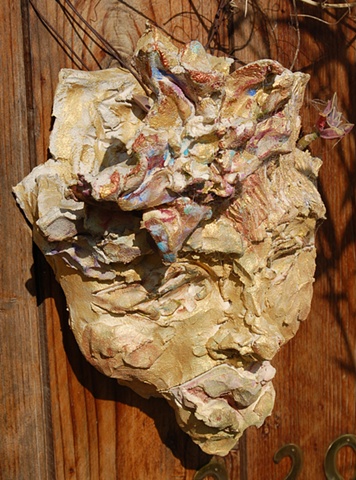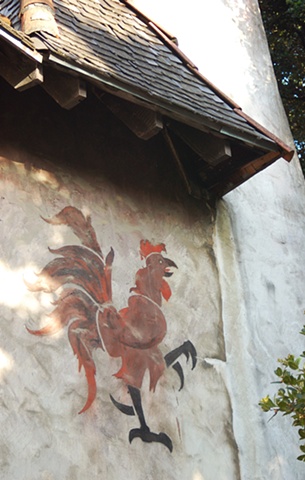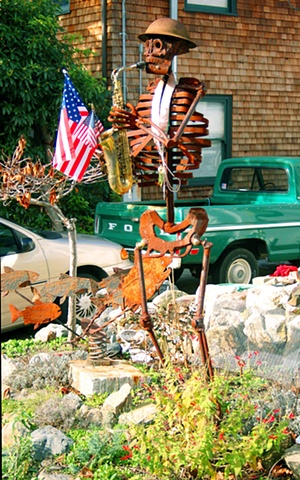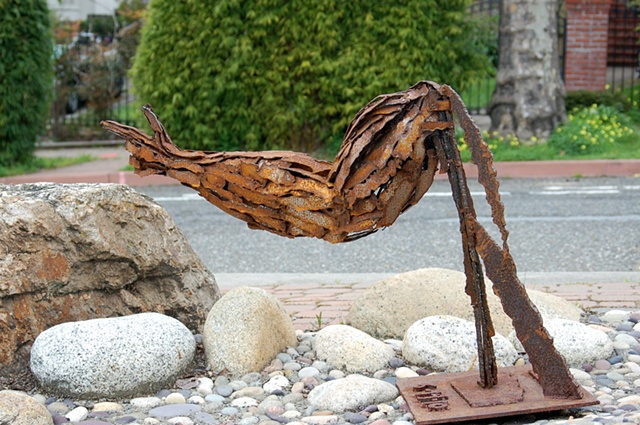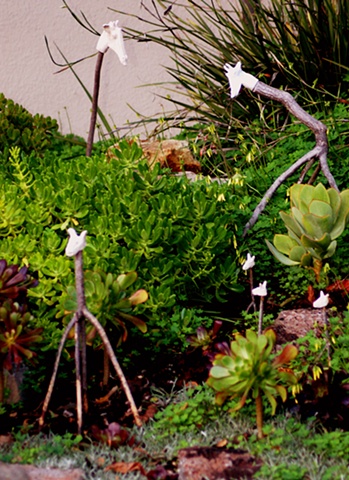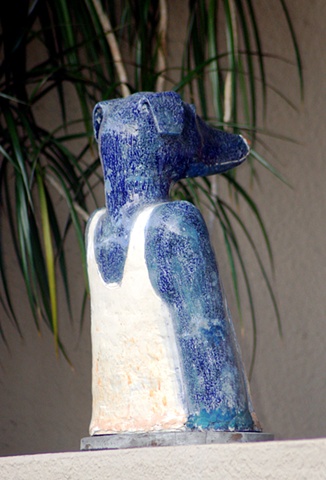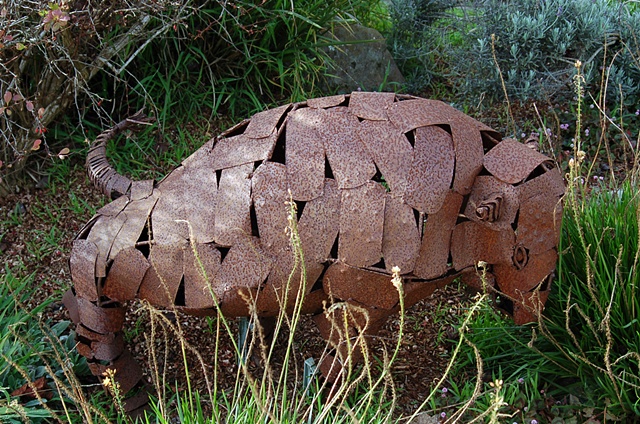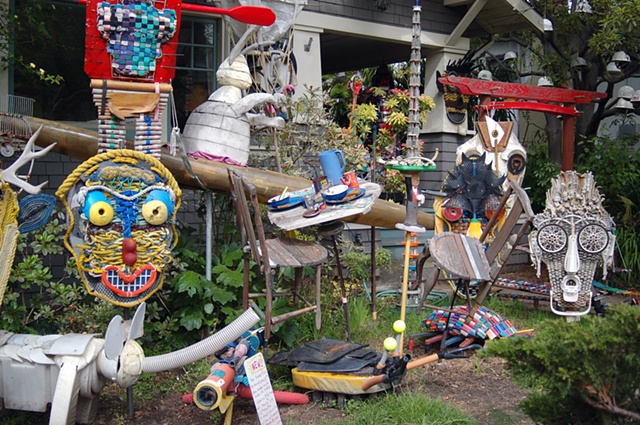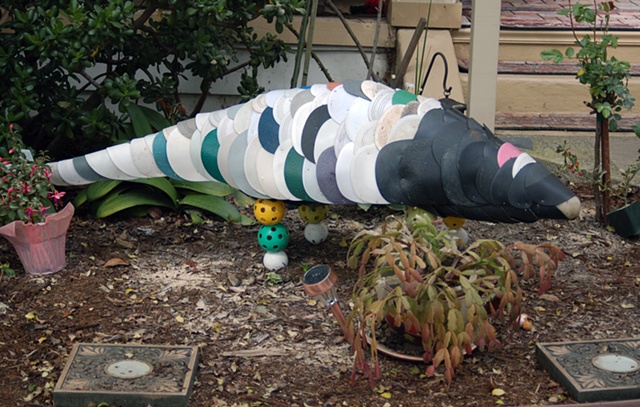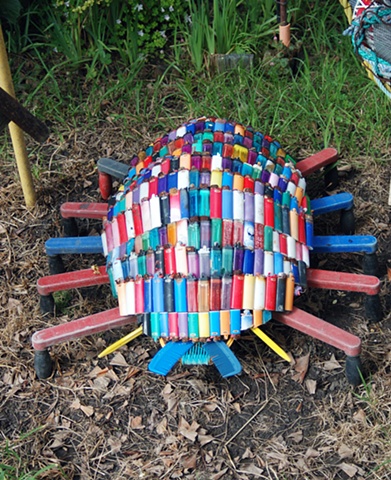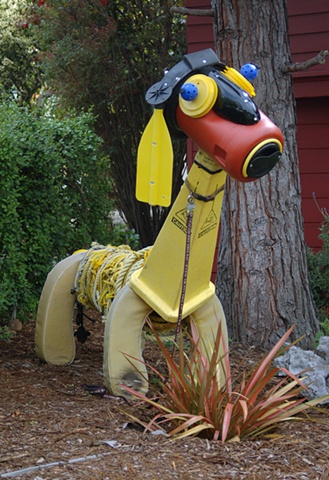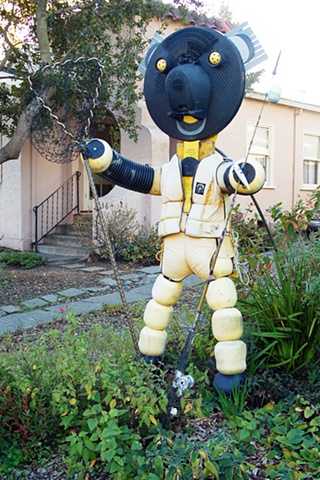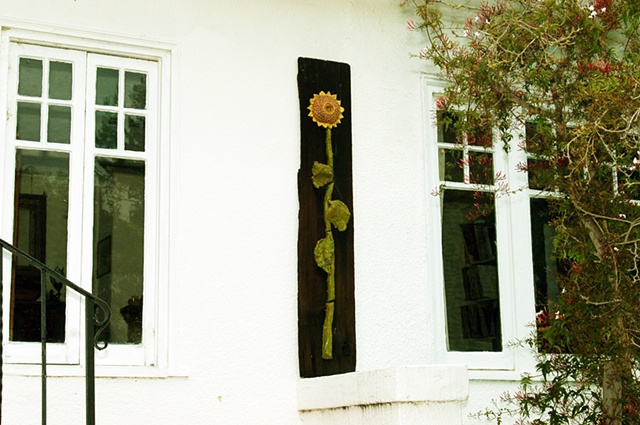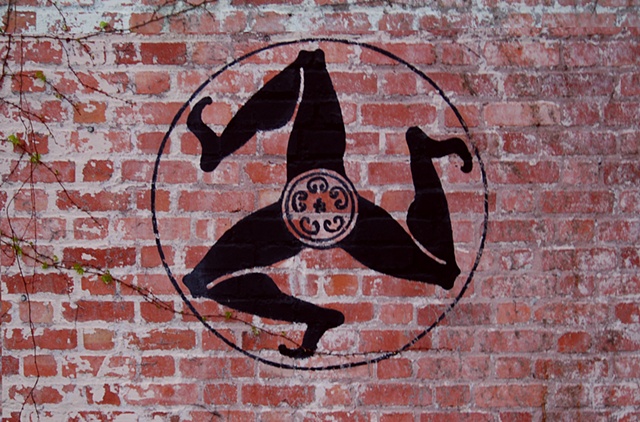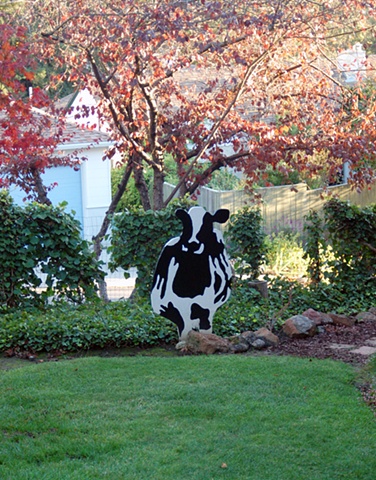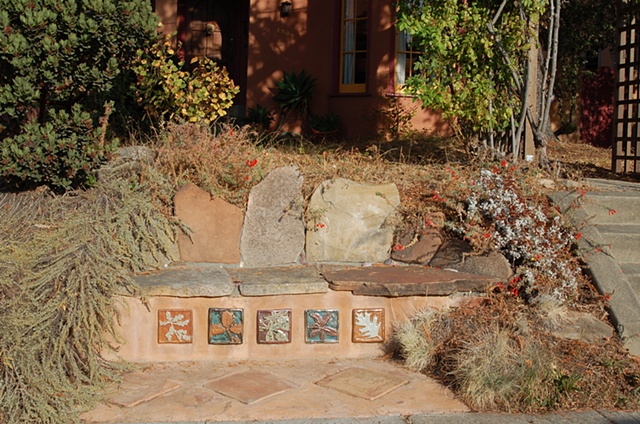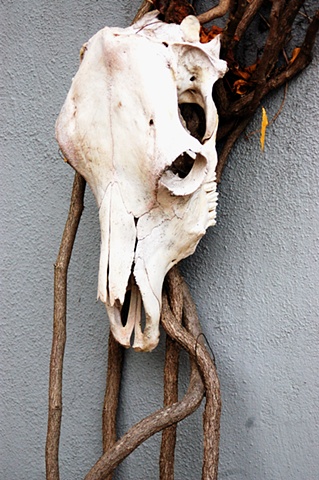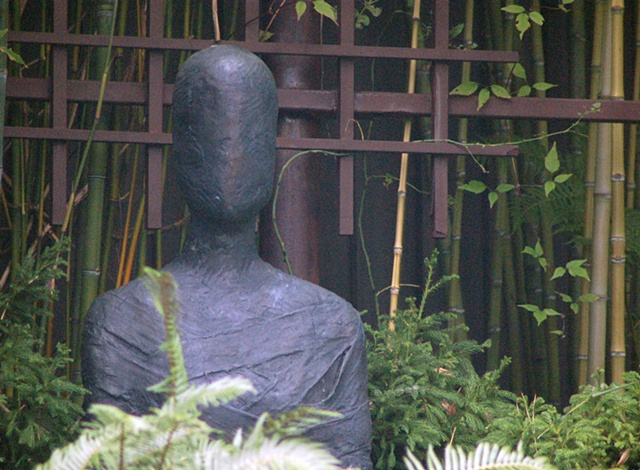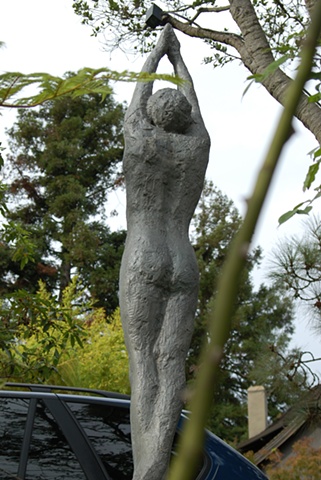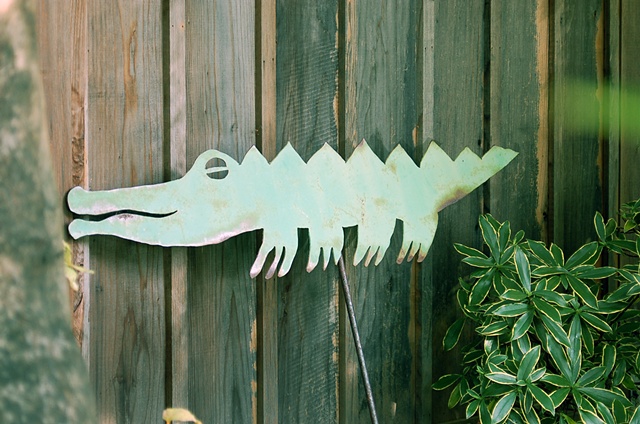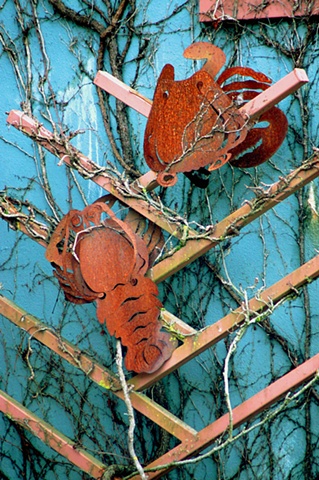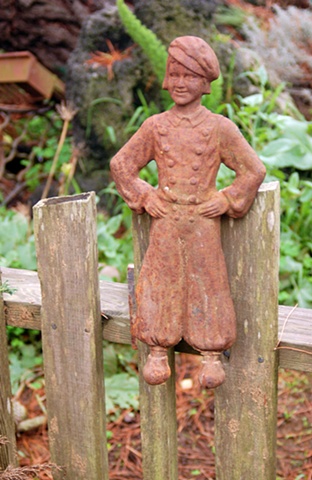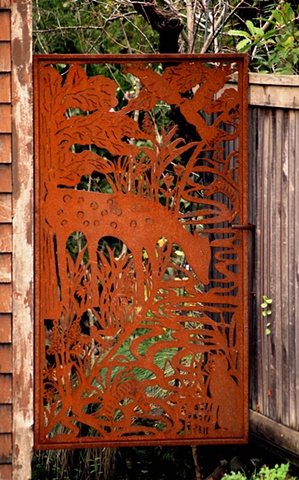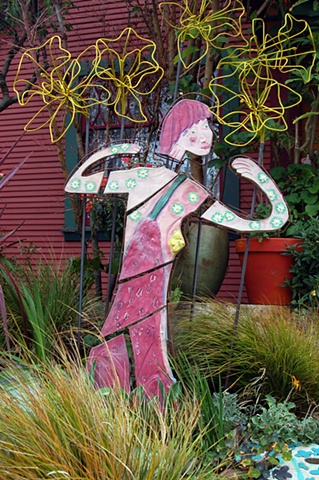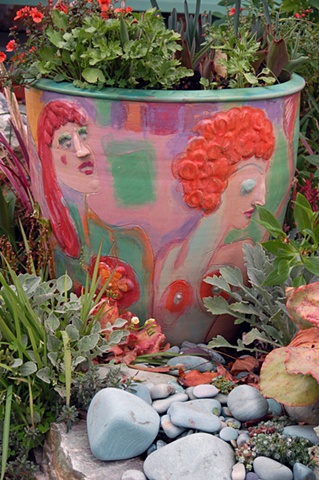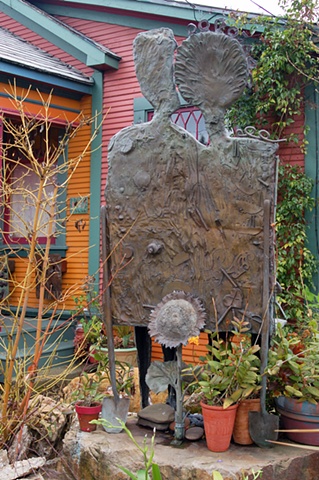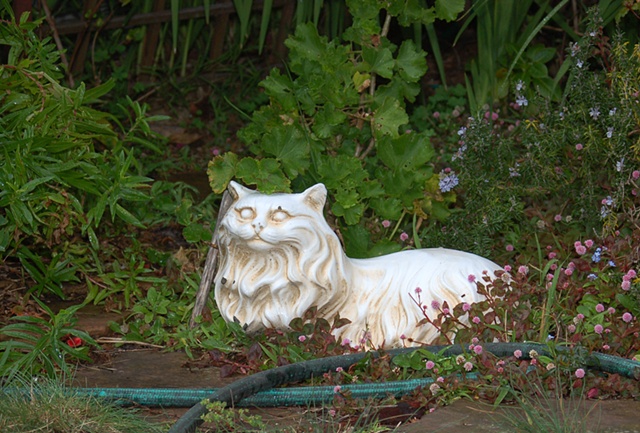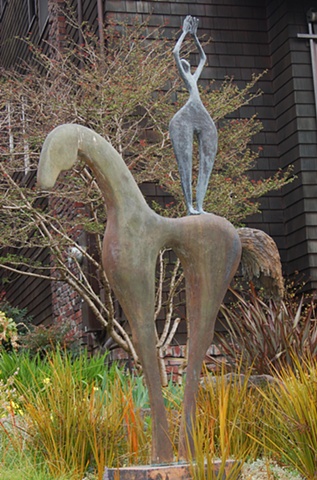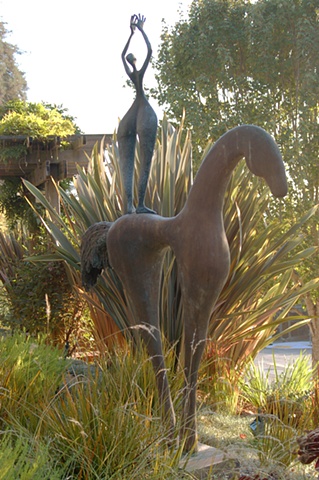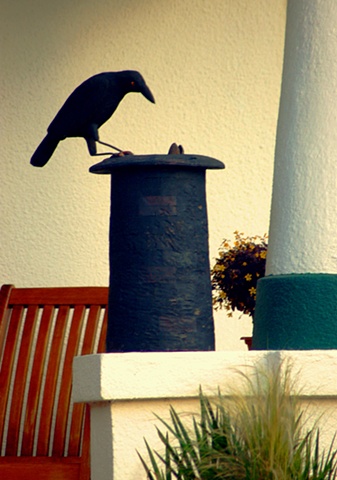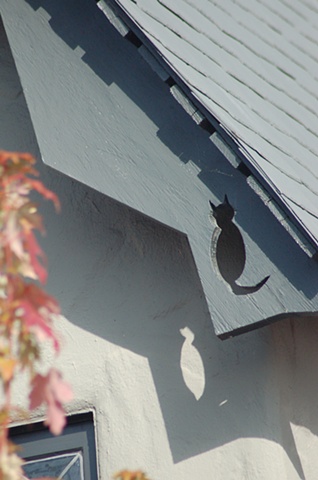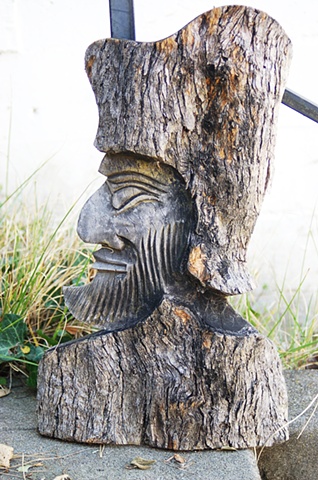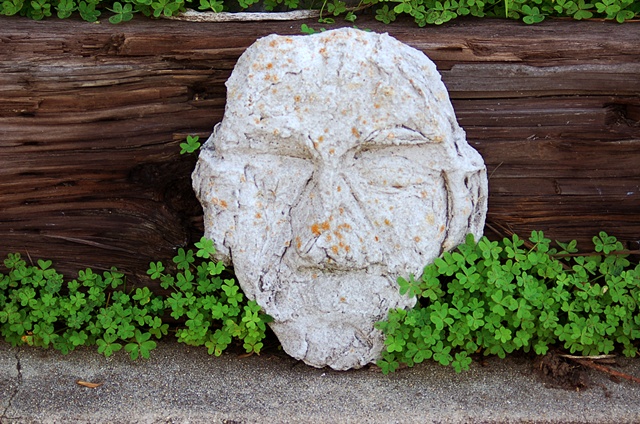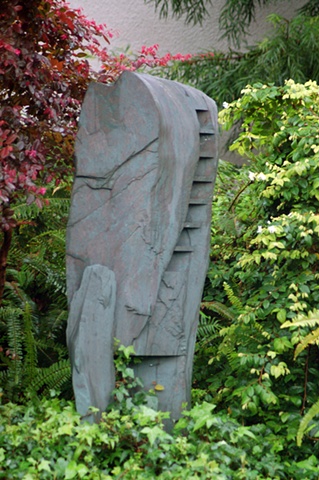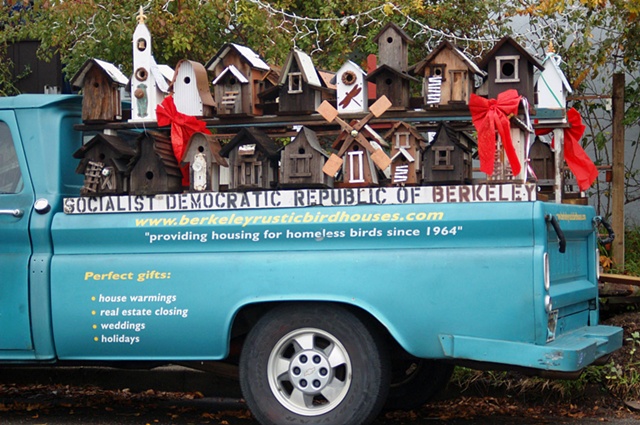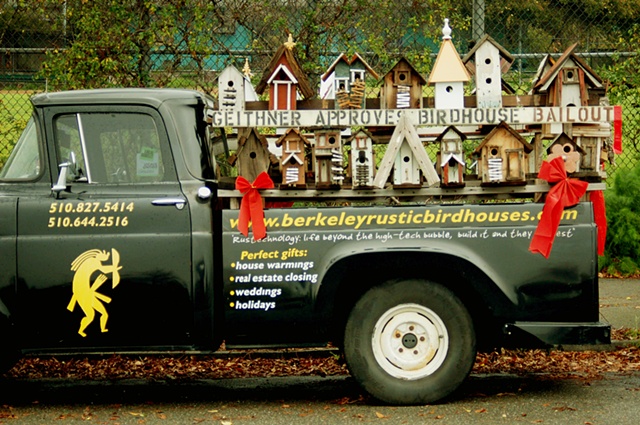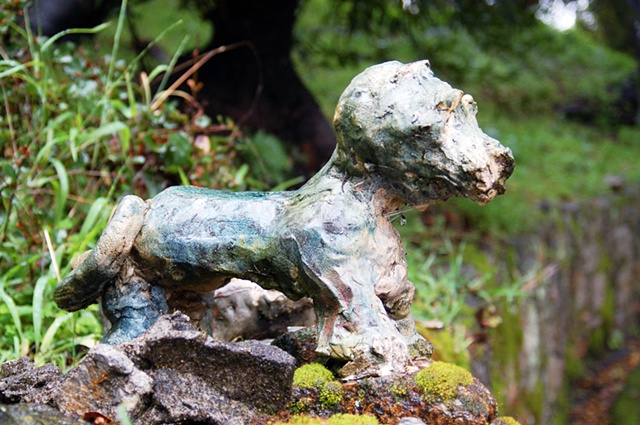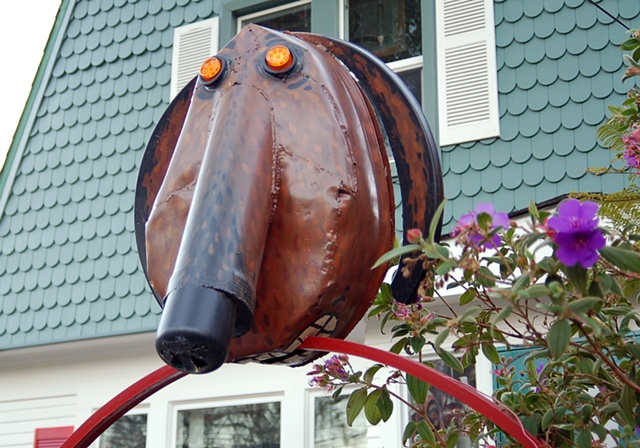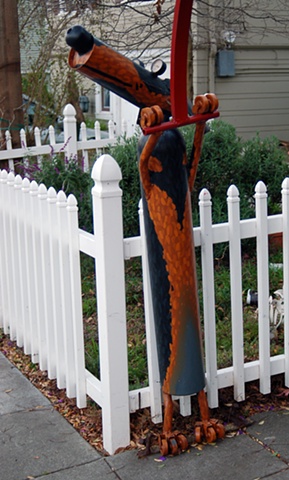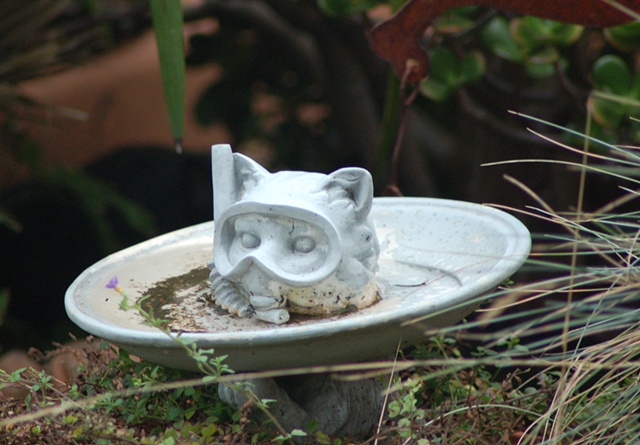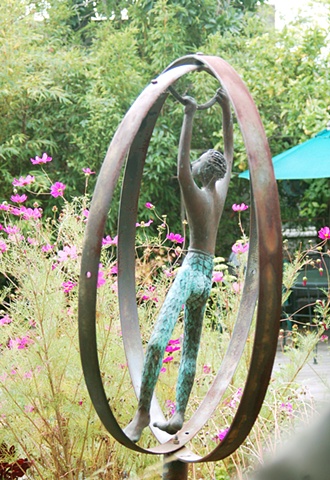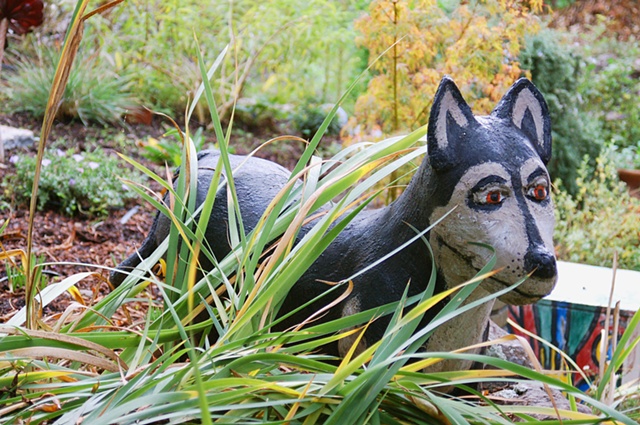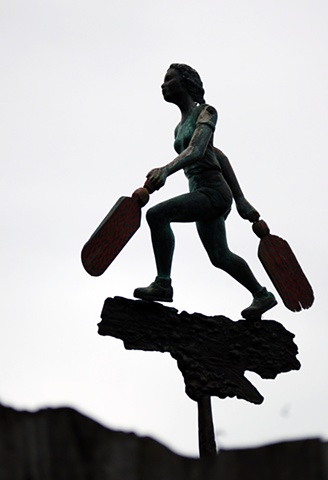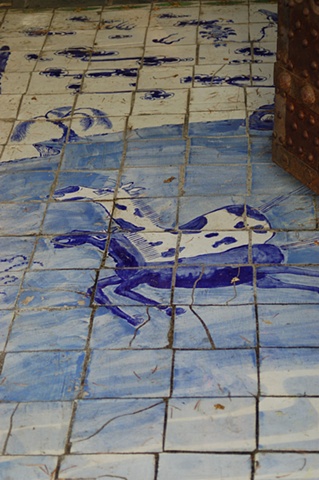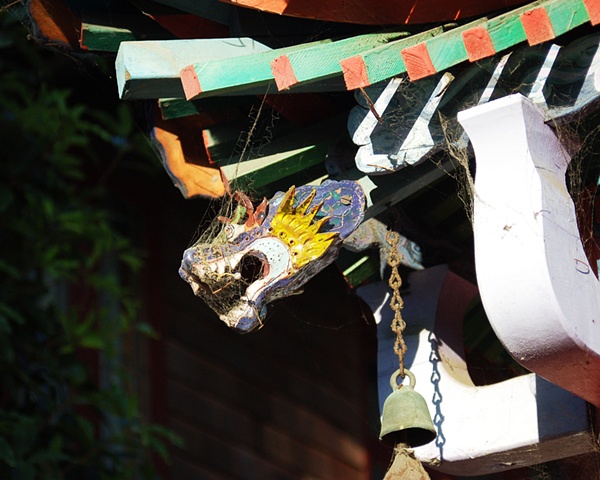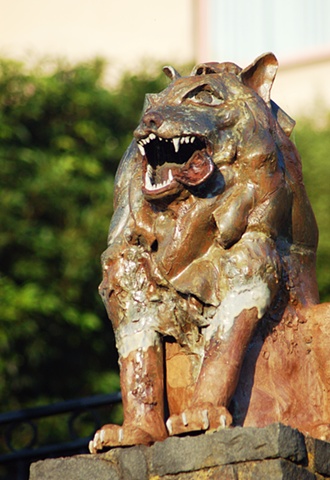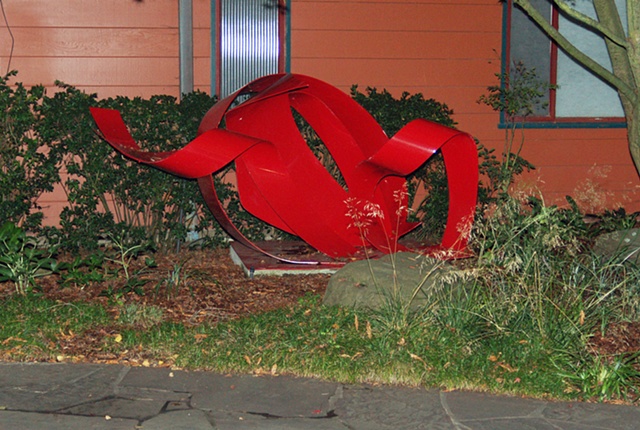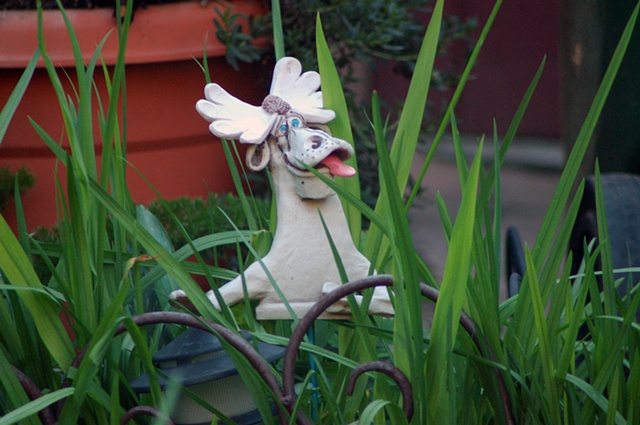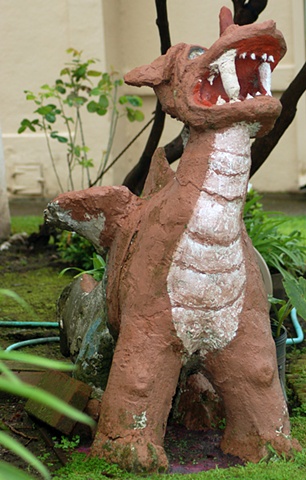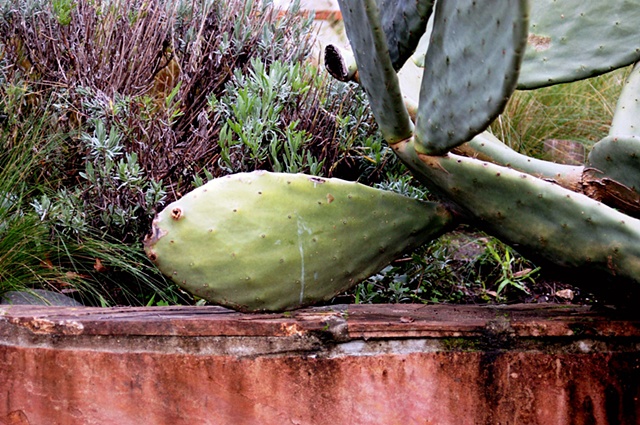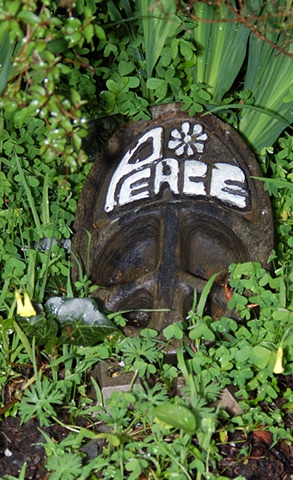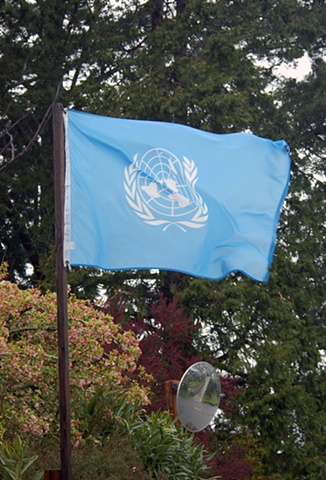Hidden and Not So Hidden Gems of Berkeley
Public Art in Private Settings, Berkeley, CA
I love Berkeley. I love its history of protests, its political orientation (albeit occasionally whacky), the fact that it is ground zero for the natural/organic food movement (didn’t it all begin with Alice Waters’ Chez Panisse?), and its vibrant intellectual life stemming from the University of California. On top of all that, it is home to many artists and lovers of art and craft. And, fortunately for the general citizen, a good number of these people have made the objects of their affection available to view by placing them in their front yards. In this photo journalism project, I have sought to document as many examples of these "hidden gems" as I could find, many in the less trodden byways of the city. They constitute what I dub “private public art”—to distinguish it from the municipal or corporate “public art” that can be seen on downtown streets here and elsewhere or in the forecourts of company offices, as well as to differentiate from the private art within the walls of the home.
Such public private art is personal, reflecting the tastes of the individual resident, and it can also be considered environmental art from a number of perspectives: first, its location in a specific yard or on the wall of a particular house or fence makes it very much part of its surroundings. Second, by default, it has to take account of its outdoor setting—you do not hang an oil painting from your trees. Therefore, it is generally of an enduring material, such as stone, ceramic, or metal. However, even such materials are affected over time by the elements and need to be considered as they are now, "flaws" and all. And, thirdly, many of the examples in Berkeley (and I venture in other cities that feature this art) are made from recycled materials and found objects, thus contributing to good environmental practices in a wider sense, a very Berkeleyan perspective.
The pieces captured here range from the stunning to the whimsical, occasionally both. I have tried to avoid kitsch—no garden gnomes, thank you, although a set of pink flamingos were tempting—but I will readily admit that kitsch, like its more favored sibling, beauty, is very much in the eye of the beholder. Another principle that I have sought to follow is that the piece must be viewable from the street, so that is genuinely “public,” unless I am invited by the owner to step within the property bounds for the purpose of photographing it. I strongly urge anyone who searches for these pieces in their settings to follow the same principle—no trespassing. For the most part, also, I do not provide exact addresses for the objects, although for many I give pretty good directions. There are two reasons for this: I am not preparing a tour guide and I do not wish to encourage hordes of people to descend on people’s houses/yards for the purpose of gawking at their art, even if such an outcome is unlikely—I would be very fortunate if this site were to become so popular that “hordes” were in prospect of descending anywhere! There are exceptions: in one or two cases I have been lucky enough to be invited beyond the street by the owner or artist whose work is featured. There are also a few for which I have lost or forgotten the exact location—if you are aware of it, let me know and I will update accordingly.
But, in addition, the larger purpose is to encourage you to get out and explore for yourself—to open your eyes. There is much beauty around us that we miss. Some of these works are small or may be so blended into their backgrounds, either through nature exercising its force or through artful placement, that you could walk by them a dozen times and not notice. However, if it should happen that there is a piece you cannot live without seeing in its place, yet you absolutely cannot find it, email me and I will do my best to relieve your misery by providing the coordinates. And, to non-Berkeley residents, you just got another reason to visit!
